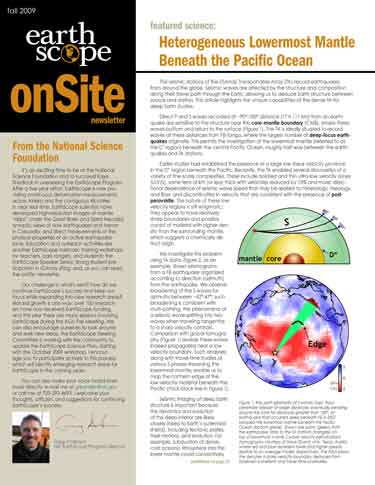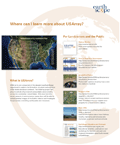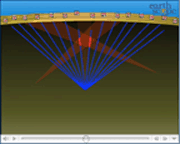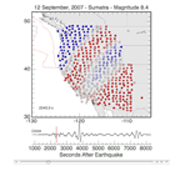K02D
Willamette Meridian, OR, USA
The USArray component of the NSF-funded EarthScope project ended its observational period in September 2021 and all remaining close-out tasks concluded in March 2022. Hundreds of seismic stations were transferred to other operators and continue to collect scientific observations. This USArray.org website is now in an archival state and will no longer be updated. To learn more about this project and the science it continues to enable, please view publications here: http://usarray.org/researchers/pubs and citations of the Transportable Array network DOI 10.7914/SN/TA.
To further advance geophysics support for the geophysics community, UNAVCO and IRIS are merging. The merged organization will be called EarthScope Consortium. As our science becomes more convergent, there is benefit to examining how we can support research and education as a single organization to conduct and advance cutting-edge geophysics. See our Joining Forces website for more information. The site earthscope.org will soon host the new EarthScope Consortium website.





Read EarthScope's onSite newsletters to keep up to date on what we are doing and learning from our instruments.

Two page publication (4MB) that features locations of the web where you can find information about specific USArray topics.

Four-page handout (3.5 MB PDF) describing how seismic tomography is used to determine Earth structure

Charles Ammon, a professor at Penn State University, has developed animations of real data showing how seismic waves sweep the transportable array of seismometers. Watch how earthquake waves originating from the US and around the world cause the ground at each seismometer to slightly shift up and down.
View how researchers use seismic waves recorded by USArray seismometers to image earth's interior.
For more earth science publications, activities, professional development, internships, animations, museum displays, free software and more, visit EarthScope Education and Outreach and IRIS Education and Outreach.